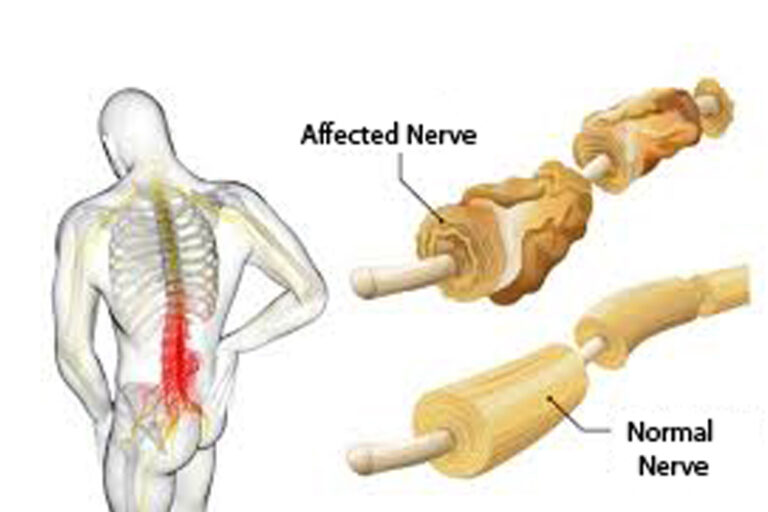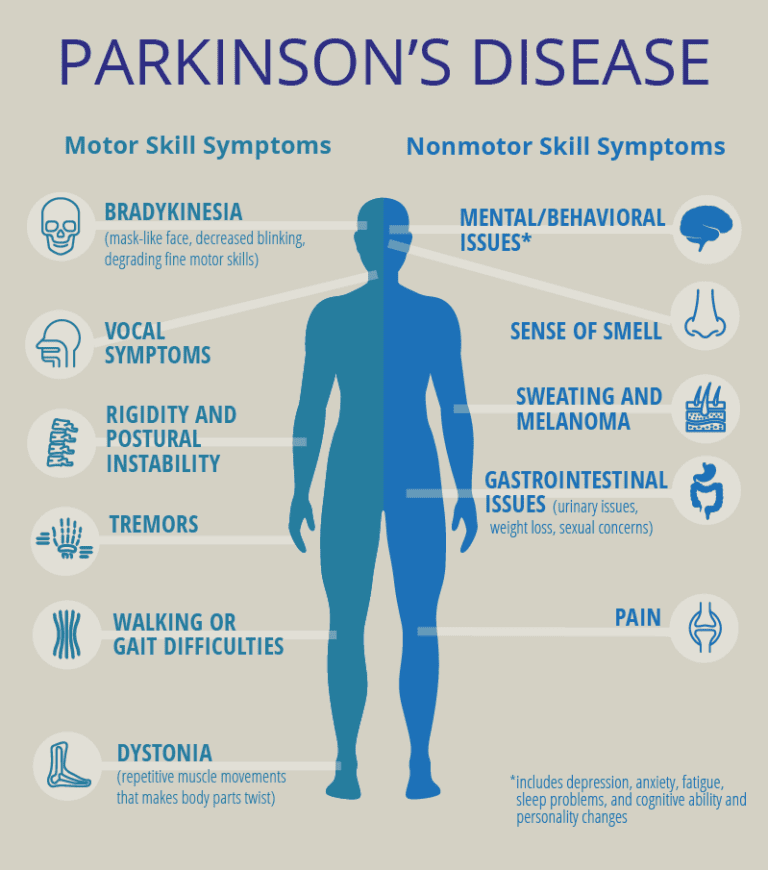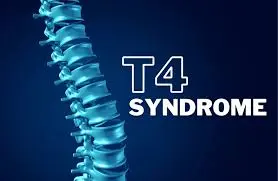Soft Tissue Sarcoma
Table of Contents
What is a Soft Tissue Sarcoma?
One uncommon kind of cancer that begins as a proliferation of cells in the body’s soft tissues is called soft tissue sarcoma. Soft tissues surround, connect, and support other bodily structures.
A condition known as soft tissue sarcoma occurs when cancerous (malignant) cells develop in the body’s soft tissues.
The body’s soft tissues encircle, support, and link to other organs and bodily components. The body’s soft tissues consist of the following
- cartilage and bone together.
- tissue made of fibers.
- muscles.
- Tendons are the fiber bands that join muscles to bones.
- Slack.
- vascular structures.
- vessels for lymph.
- Nerves.
- tissues (synovial tissue) that surround joints.
Although they can occur practically anywhere in the body, such as the head, neck, and trunk, soft tissue sarcomas most frequently occur in the arms, legs, abdomen, and retroperitoneum.
Soft tissue sarcoma comes in a variety of forms. Depending on the kind of soft tissue where the cancer started, the cells of each variety of sarcoma appear differently under a microscope.
Types of Soft Tissue Sarcoma
There exist seventy distinct varieties of soft tissue sarcoma. Adults are more likely than children and adolescents (elderly children between the ages of 15 and 19) to develop certain soft tissue sarcomas.
American Cancer Society reports that the following are the most typical adult soft tissue sarcomas:
Undifferentiated pleomorphic sarcoma
Soft tissue in your chest, arms, or legs is where this cancer first appears, and it spreads swiftly to other parts of your body.
Liposarcoma
This soft tissue sarcoma may be present in your abdomen, but it can also show up in your thighs and other body parts.
Leiomyosarcoma
Your smooth muscles are where this soft tissue sarcoma begins. Your uterus, bladder, intestines, and blood arteries are all made of smooth muscles.
Teenagers and young adults with soft tissue sarcomas most frequently have:
Rhabdomyosarcoma
An extremely uncommon soft tissue sarcoma, this one. Rhabdomyosarcoma may return after treatment by medical professionals. Following a five-year diagnosis, over 70% of patients with rhabdomyosarcoma still survive.
Ewing sarcoma in soft tissue
This kind of sarcoma typically appears in the tissues next to your bones. Medical professionals identify around 200 instances of soft tissue sarcoma annually. The most affected age range for this illness is 10 to 20. Age-specifically, children under 15 have a 5-year survival rate of 76%, while teens between 15 and 19 have a 5-year survival rate of 59%.
Symptoms of Soft Tissue Sarcoma
A soft tissue sarcoma may initially show no symptoms. As the cancer spreads, it might result in:
Any new or rapidly expanding bump on your body.
A sore bump that begins to ache.
- Abdominal ache that is becoming worse.
- Your stool appears dark or contains blood.
- Vomiting as well as nausea.
- Reducing weight naturally.
Causes of Soft Tissue Sarcoma
What causes the majority of soft tissue sarcomas is unknown.
A connective tissue cell’s DNA can alter, which can lead to the development of soft tissue sarcoma. A cell’s DNA carries commands that tell it what to do. Connective tissue cells become cancerous cells as a result of the alterations.
The alterations instruct the cancer cells to proliferate and divide. As part of their normal cycle, healthy cells die, but cancer cells do not know when to stop growing, so they continue to increase.
A development known as a tumor is formed by cancer cells. The cancer cells in certain forms of soft tissue sarcoma remain in one place. They keep producing new cells, which enlarges the tumor. Other forms of soft tissue sarcoma may include cancer cells that separate and go to different bodily areas.
The kind of soft tissue sarcoma is determined by the type of cell that has altered DNA. For instance, liposarcoma originates in fat cells, but angiosarcoma develops in blood vessel lining cells.
Stages of Soft Tissue Sarcoma
Tests are performed to determine whether cancer cells have spread within the soft tissue or to other regions of the body following the diagnosis of soft tissue sarcoma.
Cancer may spread across the body in three different ways.
From the site of origin, cancer may spread to different bodily areas.
A treatment strategy and a description of the malignancy are also based on the tumor’s grade.
The following stages apply to soft tissue sarcoma of the arms, legs, and trunk.
Risk factors
Sarcoma risk factors include the following:
- Inherited syndromes: Soft tissue sarcoma is a condition that can run in families. Hereditary retinoblastoma, Li-Fraumeni syndrome, familial adenomatous polyposis, neurofibromatosis, tuberous sclerosis, and Werner syndrome are among the genetic conditions that raise the risk.
- Chemical exposure: Soft tissue sarcomas may be more common in those who have been exposed to specific substances. Arsenic, dioxin, and herbicides are a few of these substances.
- Radiation exposure: Soft tissue sarcoma risk may rise with radiation treatment for other cancers
Diagnosis and Tests
Physicians will inquire about your symptoms, including any strange bumps or lumps on your body. They’ll do a physical assessment.
They could do many tests, such as
X-ray: Your soft tissues are captured on film by X-rays.
Computed tomography (CT): CT uses many X-ray images to construct cross-sectional models of your body with the aid of computers. Healthcare professionals commonly utilize this test to look for soft tissue sarcomas in the chest and back of the abdomen.
Magnetic resonance imaging (MRI): A big magnet, radio waves, and a computer are used in an MRI to produce precise pictures of your interior organs. If X-rays reveal abnormal growths and your physician wants sharper images, they may request this test.
PET scan: A unique glucose tracer that is enriched in cancer cells is used in this assay. The tracer identifies elevated glucose levels throughout your body. Elevated glucose levels might indicate a malignant tumor that is spreading quickly.
Ultrasound: This test uses sound waves and their echoes to create images of bodily components.
Biopsy: A medical pathologist will use tissue that your provider acquires to look at under a microscope. To determine the kind, stage, and grade of the sarcoma, the pathologist may perform many tests. Providers can predict whether a tumor will grow slowly, quickly, or spread (metastasize) by knowing the tumor grade.
Treatment of Soft Tissue Sarcoma
The malignancy’s size, kind, and location will determine the soft tissue sarcoma treatment choices.
Surgery
A Frequent therapy for soft tissue sarcoma is surgery. The malignancy and some surrounding healthy tissue are often removed by the surgeon during the procedure.
Arms and legs are frequently affected by soft tissue sarcoma. Surgery to amputate an arm or leg was frequent in the past. Other methods are now employed when practical. To reduce the cancer, for instance, chemotherapy and radiation may be applied. In this manner, the cancer can be eliminated without requiring the leg to be amputated.
Along with surgery, they could also administer the following medical care
Chemotherapy
Chemotherapy kills cancer cells using powerful medications.
While some of the medications are accessible as pills, most are administered intravenously.
Chemotherapy is more effective for treating some forms of soft tissue sarcoma than for others. For example, rhabdomyosarcoma is frequently treated with chemotherapy.
Radiation therapy
Strong energy beams are used in radiation treatment to destroy cancer cells.
Protons and other radiation sources are possible sources of energy.
Lying on a table, you are surrounded by a machine during radiation therapy.
The device targets particular bodily parts with radiation.
Radiation treatment might be applied
Before surgery
Before surgery, radiation can reduce a tumor, making its removal simpler.
During surgery
Radiation allows for the direct application of additional radiation to the surgical site.
The surrounding healthy tissues of the target location could be spared.
After surgery
Any cancer cells that remain after surgery may be eliminated using radiation.
Prevention
Can this be prevented?
Soft tissue sarcoma cannot be prevented, as far as is known. Ask your doctor about potential symptoms of soft tissue sarcoma if you are aware of your risk factors for the condition. In this manner, the illness can be treated before tumors spread by you and your healthcare professional.
Prognosis
This changes. Tumor removal surgery is the most prevalent form of therapy. A surgeon may claim to have cured a patient’s disease if they can remove a tumor before it develops and spreads. Yet, following surgery and different therapies, soft tissue sarcomas may return.
Estimates of survival rates are derived from the experiences of large populations. You might not experience the same things that people in those categories experience. Ask your physician to explain your chances of recovery if you have any additional questions.
Experts believe that five years following diagnosis, around 65% of persons with soft tissue sarcoma continue to be active.
Depending on the kind of soft tissue sarcoma, children and adolescents have varying survival rates. Five years after being diagnosed with rhabdomyosarcoma, over 70% of patients still live. Survival rates for soft tissue sarcomas differ.
Five years after diagnosis, 76% of children under the age of fifteen are still alive. Five years after diagnosis, 59% of teenagers (ages 15 to 19) are still alive, according to estimates.
Conclusion
If you have soft tissue sarcoma, a rare disease, you may sensation as though you are on an unknown road and need a map to go home. If you can’t get reliable information regarding rare cancers, you could become irritated. You know you need knowledge so you can take action to become better. There can be questions you have that don’t have obvious, concise solutions.
Knowing that you’re not alone on the strange path that is uncommon cancer may be comforting. Your medical staff is sensitive to your experiences. They will try every effort to support you in finding the information you need, such as by laying out your options for treatment so you can make an informed decision or by helping you arrange your post-treatment life.
FAQ
A soft tissue sarcoma may pose a major health risk. Soft tissue sarcomas are more successfully treated by doctors if they identify the tumor early on, as is the case with many types of cancer. Soft tissue sarcomas have the potential to metastasize, or spread, to other parts of your body if therapy is not received.
Soft tissue sarcomas have an average 5-year survival rate of 65%. Cancer that has spread to surrounding organs or lymph nodes has a 50% 5-year survival rate. The 5-year survival rate for soft tissue sarcoma is around 18% if the disease has progressed to other body areas.
Sarcomas form in the mesenchymal cells that form in the body’s connective tissues, including fat, blood vessels, nerves, bones, muscles, and cartilage, whereas carcinomas form in the epithelial cells that line the body’s internal organs and external surfaces.
Treatment options for sarcomas often involve surgery, radiation therapy, and chemotherapy. For instance, nine weeks of chemotherapy, a surgical procedure to remove the tumor and reconstruct the bone, and a further five months of chemotherapy may be part of the treatment for osteosarcoma. Experiences, however, could vary from person to person.
Sarcoma has a 5-year relative survival rate of more than 65%. Sarcoma survival rates differ depending on several factors. These include the cancer’s stage and grade, the patient’s age and overall health, and the efficacy of the treatment regimen.
Pain. Since the great majority of soft tissue sarcomas are painless, many individuals incorrectly feel they don’t require examinations. A sarcoma may cause discomfort if it is deeply entrenched, developing swiftly, and close to delicate tissues like the sciatic nerve.
The prognosis improves with a lower stage of soft tissue sarcoma at diagnosis. The prognosis for metastatic soft tissue sarcoma, or stage 4, is not good. A soft tissue sarcoma’s prognosis is often bad if it has spread to the bone, nerves, or arteries.
It is typical for soft tissue sarcoma to have DNA mutations. However, they are often acquired in life as opposed to being inherited from birth. Radiation or compounds known to cause cancer can cause acquired mutations. The majority of sarcomas appear out of the blue.






